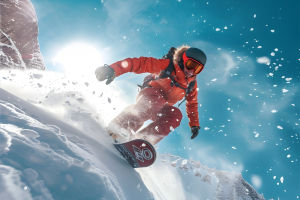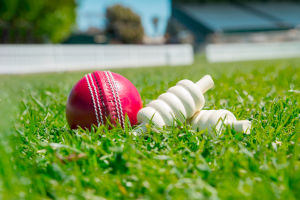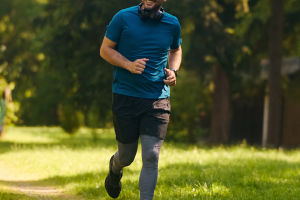Summer bike rides are an exhilarating way to enjoy the outdoors, but the intense heat can quickly dehydrate you if you're not properly prepared.
Dehydration can lead to a decrease in performance, fatigue, and even serious health risks like heat exhaustion or heatstroke.
Maintaining proper hydration is crucial to ensure you stay energized, focused, and able to enjoy the full experience of your cycling journey. Below are five practical, effective, and up-to-date strategies to help you stay hydrated on those hot summer cycling adventures!
1. Hydrate Before You Start
Starting your ride well-hydrated is one of the most important steps you can take to ensure your ride goes smoothly. Drinking water ahead of time can give your body a head start, helping to prevent early signs of dehydration. Aim to consume at least 16–20 ounces of water about 30 minutes before you hit the road.
This pre-ride hydration provides your muscles with the moisture they need to perform efficiently and helps regulate body temperature, which is especially crucial during the summer heat. If you know you're going for a longer ride, it’s a good idea to also drink something with added electrolytes to help your body retain that hydration for a longer period.
2. Use a Hydration Pack for Convenience
While carrying water bottles on your bike is common, many cyclists find that a hydration pack can offer even more convenience and comfort, especially on long rides or rough terrain. A hydration pack allows you to drink hands-free, which means you can stay focused on the road or trail without constantly reaching for a bottle.
Not only does this make it easier to hydrate while riding, but it also frees up space on your bike for other gear. These packs are also designed with breathable, lightweight materials to minimize discomfort. Many models come with compartments for storing small essentials like snacks, a phone, or keys, which makes them a great choice for riders who don’t want to make frequent stops.
3. Choose Hydration Drinks with Electrolytes
Water is essential for hydration, but when you’re riding in the heat, it may not be enough to keep your body fully replenished. Sweating during a ride causes the body to lose important electrolytes like sodium, potassium, and magnesium, which are essential for maintaining muscle function and avoiding cramps.
To combat this, consider adding an electrolyte-enhanced drink to your hydration routine, especially for longer or more intense rides. These drinks help replace the minerals lost through sweat, keeping you energized and reducing the risk of cramping. Opt for drinks that contain low sugar and are free from artificial additives for the healthiest option.
4. Plan Your Stops Strategically
Hydration is not just about drinking while you’re cycling but also about making sure you have the opportunity to replenish your fluids at the right intervals. It’s easy to forget to hydrate when you’re deep into a ride, but making regular stops to refuel with water is essential, especially in the summer months when the risk of dehydration increases.
Plan your route ahead of time to include water refill stations or places where you can stop to drink and take a break. Ideally, aim for a drink every 30-45 minutes of riding, even if you don’t feel particularly thirsty. Early, consistent hydration can prevent you from getting to a point where you’re dangerously dehydrated. If you’re riding in remote areas, make sure to pack extra water just in case you can’t find a refill station along the way.
5. Monitor Your Body’s Signals
While thirst is the most obvious sign that you need to drink, it's not always the first symptom of dehydration, especially if you're pushing yourself hard on a hot day. Pay attention to subtle signs of dehydration like a dry mouth, increased fatigue, dizziness, or headaches. These can all be early warning signs that you need to hydrate more frequently.
In the heat of summer, it's essential to stay aware of how your body is responding to the conditions, as dehydration can sneak up on you before you realize it. By monitoring these signs and addressing them quickly, you can avoid more severe issues like heat exhaustion or heatstroke, both of which can be dangerous.
Lykkers, staying properly hydrated on a summer bike ride requires more than just drinking water when you're thirsty. It involves planning ahead, using the right hydration tools, and paying attention to your body’s needs. By hydrating before you start, using a hydration pack, choosing drinks with electrolytes, planning regular stops, and listening to your body’s signals, you’ll be able to enjoy your summer rides without risking dehydration.
Keep these tips in mind, and you’ll be able to ride longer, perform better, and stay safe, no matter how hot the weather gets!


